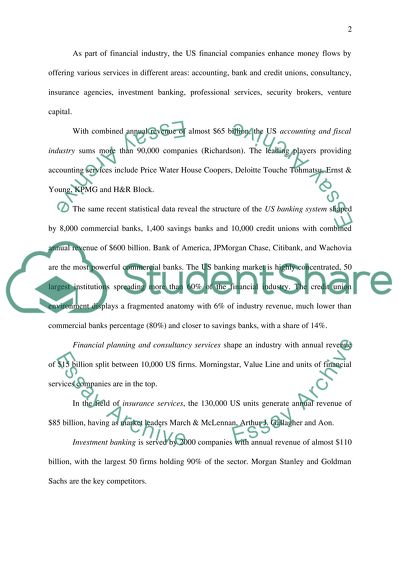Cite this document
(“Why does the financial industry need to be regulated Research Paper”, n.d.)
Retrieved from https://studentshare.org/finance-accounting/1396904-financial-regulation
Retrieved from https://studentshare.org/finance-accounting/1396904-financial-regulation
(Why Does the Financial Industry Need to Be Regulated Research Paper)
https://studentshare.org/finance-accounting/1396904-financial-regulation.
https://studentshare.org/finance-accounting/1396904-financial-regulation.
“Why Does the Financial Industry Need to Be Regulated Research Paper”, n.d. https://studentshare.org/finance-accounting/1396904-financial-regulation.


